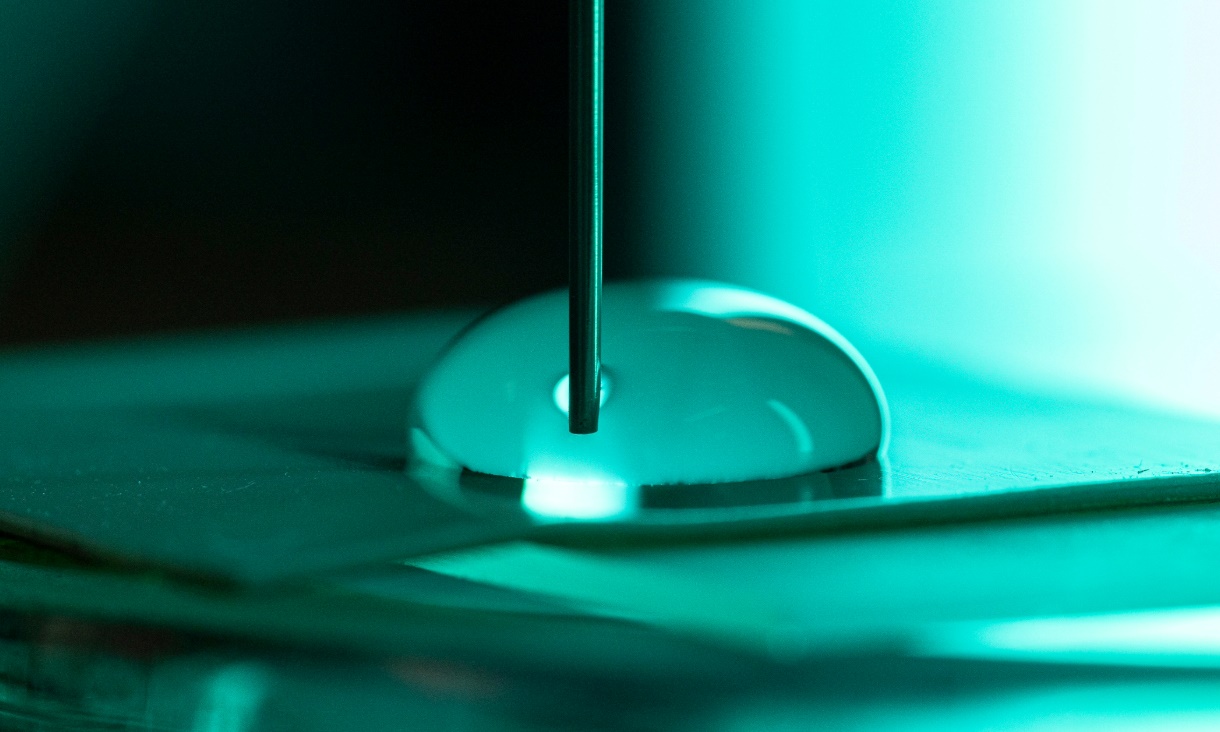Academy students taste a little BITS of Melbourne
RMIT recently bid a temporary farewell to the newest cohort of BITS-RMIT Higher Education Academy students, who visited Melbourne for a whirlwind nine-day immersion tour.
Tiny device promises new tech with a human touch
Engineers at RMIT University have invented a small ‘neuromorphic’ device that detects hand movement, stores memories and processes information like a human brain, without the need for an external computer.
Smart spongy device captures water from thin air
Engineers from Australia and China have invented a sponge-like device that captures water from thin air and then releases it in a cup using the sun’s energy, even in low humidity where other technologies such as fog harvesting and radiative cooling have struggled.
Water movement on surfaces makes more electric charge than expected
Researchers from RMIT University and the University of Melbourne have discovered that water generates an electrical charge up to 10 times greater than previously understood when it moves across a surface.
.jpg)









